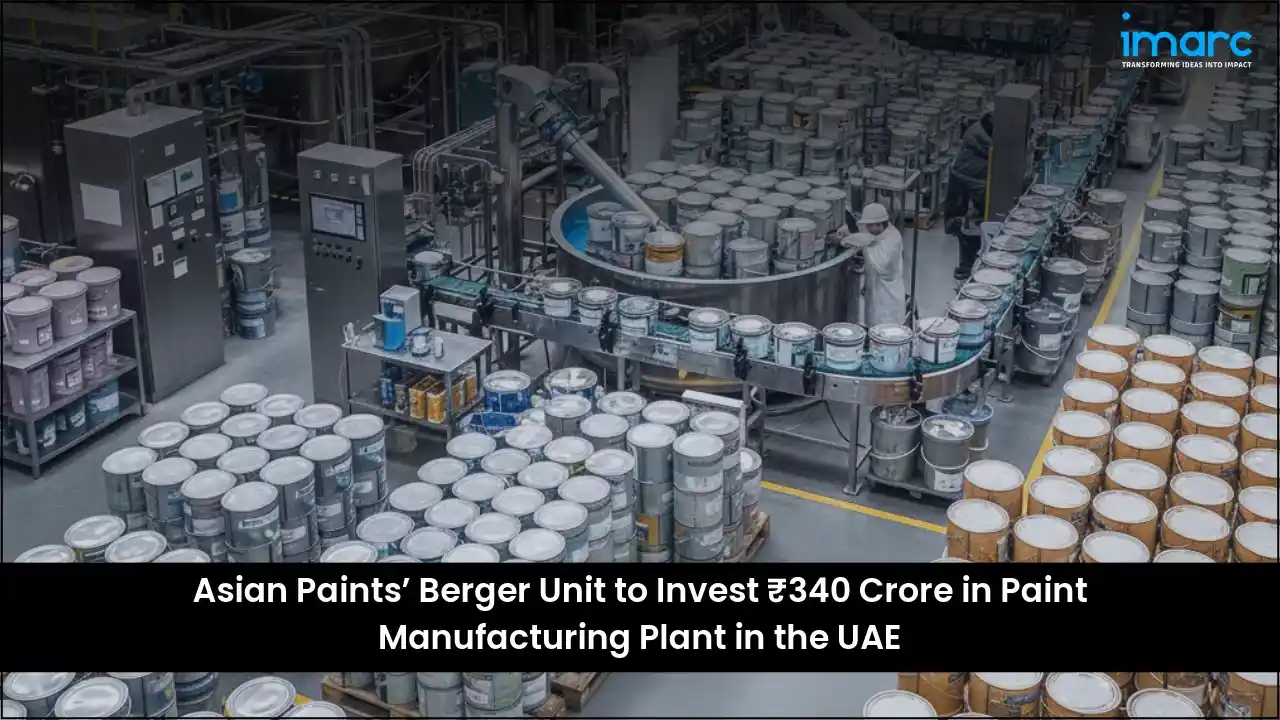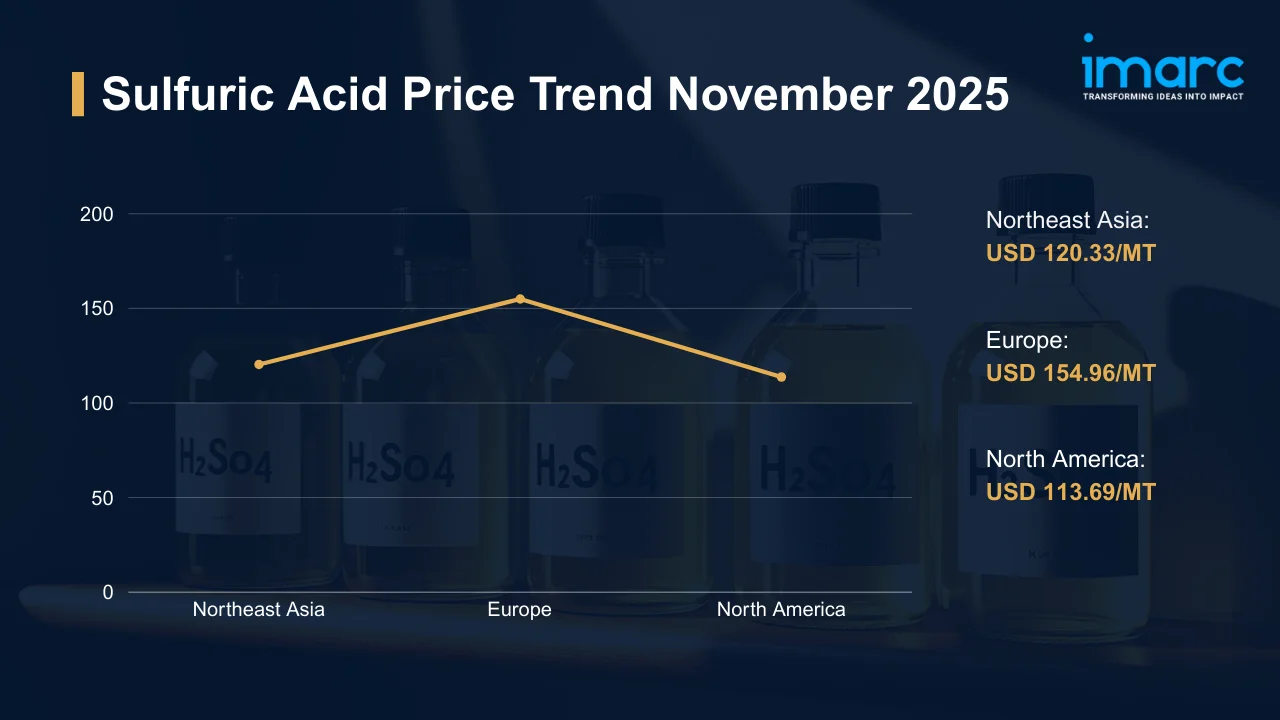Recycled PET Prices Q2 Update Show Resilience Despite Economic Headwinds
07-Aug-2025_11zon.webp)
The global recycled polyethylene terephthalate industry is undergoing price shifts in response to regional feedstock challenges, energy cost fluctuations, and regulatory enforcement in key application sectors. The recently released Recycled PET Price Trend, Index and Forecast Data Report 2025 Edition, provides updated insights for Q2 2025, capturing regional dynamics across North America, Europe, Asia Pacific, and Latin America. As demand from packaging, textiles, and construction sectors continues to grow, price movements reflect both constrained supply conditions and structural support from sustainability-driven policy frameworks.
Q2 2025 Recycled PET Prices:
- USA: USD 1,238/MT
- China: USD 785/MT
- Germany: USD 1,342/MT
- India: USD 803/MT
- Brazil: USD 1,115/MT
.webp)
To access real-time prices Request Sample
These recycled PET prices reflect the material’s essential role in high-performance sectors like packaging, textiles, and construction, with sustained demand and supply-side constraints contributing to a stable or upward global price trend.
Key Regional Price Trends and Market Drivers:
USA
Recycled PET prices in the U.S. during Q2 2025 reached USD 1,238/MT. Prices rose as material recovery facilities experienced operational disruptions, leading to reduced bale availability. Collection inconsistencies and elevated transportation and labor costs further pressured supply, while steady demand from beverage and textile sectors supported stable procurement levels.
China
Recycled PET prices during Q2 2025 reached USD 785/MT in China. In China, prices declined amid limited feedstock availability caused by stringent recycling certification rules and restrictions on imported plastic waste. Despite this, ongoing demand from packaging and fiber manufacturers helped maintain market stability during the quarter.
Germany
German Recycled PET prices increased due to public sector strikes disrupting municipal collection services and ongoing energy price volatility impacting recyclers, reaching USD 1,342/MT during Q2 2025. Strong demand from the food-grade packaging industry, incentivized by local regulations, and decreased imports from Eastern Europe reinforced domestic pricing strength.
India
Recycled PET prices during Q2 2025 reached USD 803/MT in India. India’s PET market faced supply constraints linked to inconsistent collection systems across urban and semi-urban areas and higher operating costs for small and mid-sized recyclers. Domestic pricing also responded to shifts in import duty policies, alongside firm demand from the packaging and textile sectors.
Brazil
Recycled PET prices during Q2 2025 reached USD 1,115/MT in Brazil, which reflected infrastructure-related collection inefficiencies, particularly in the North and Northeast. Elevated electricity costs pushed up processing expenses, while robust demand from beverage and construction sectors, driven by brand sustainability targets, sustained market activity.
Recycled PET Industry Overview:
The global Recycled PET market was valued at USD 7.08 Billion in 2024 and is projected to reach USD 12.17 Billion by 2033, expanding at a compound annual growth rate (CAGR) of 5.89% during 2025-2033. This growth is supported by rising global emphasis on sustainability, increased use of recycled content in packaging, and consumer demand for environmentally responsible products. Regulatory mandates across key economies are reinforcing this trajectory by requiring higher levels of post-consumer recycled content in manufactured goods.
Further momentum is being driven by corporate climate targets and improved recycling technology that boosts both output quality and production efficiency. Strengthened infrastructure investment, coupled with cost-saving benefits and compliance incentives, continues to attract new players into the recycled PET supply chain. These conditions are positioning Recycled PET as a strategic raw material across high-volume industries worldwide.
Recent Market Trends and Industry Analysis:
The Recycled PET industry is experiencing fundamental structural change, driven by legislation requiring post-consumer content, rising consumer demand for sustainable materials, and corporate climate initiatives. Governments in North America, Europe, and Asia are mandating higher recycled content in plastic packaging, compelling manufacturers to scale up Recycled PET procurement. At the same time, major brands are committing to low- or zero-carbon goals, embedding Recycled PET usage into long-term supply strategies. These developments are reinforcing demand consistency and integrating recycled materials into mainstream production systems.
Technological advances in recycling efficiency and quality control are making Recycled PET more competitive with virgin PET across applications. Better energy performance, lower contamination rates, and enhanced mechanical properties have enabled broader industrial adoption. Combined with improved collection systems and regional infrastructure expansion, these changes are stabilizing supply volumes and reducing production volatility. Manufacturers are also responding to financial incentives, ranging from material cost advantages to tax benefits and brand equity gains, which are accelerating Recycled PET usage in sectors like textiles, automotive, and fast-moving consumer goods.
Strategic Forecasting and Analysis:
IMARC’s report incorporates forecasting models that project near-term price movements based on evolving trade policies, raw material supply, and technological trends. These tools enable businesses to mitigate risk, enhance sourcing strategies, and support long-term planning.
Key Features of the Report:
- Price Charts and Historical Data
- FOB and CIF Spot Pricing
- Regional Demand-Supply Assessments
- Port-Level Price Analysis
- Sector-Specific Demand and Supply Insights


-1.webp)





.webp)




.webp)












